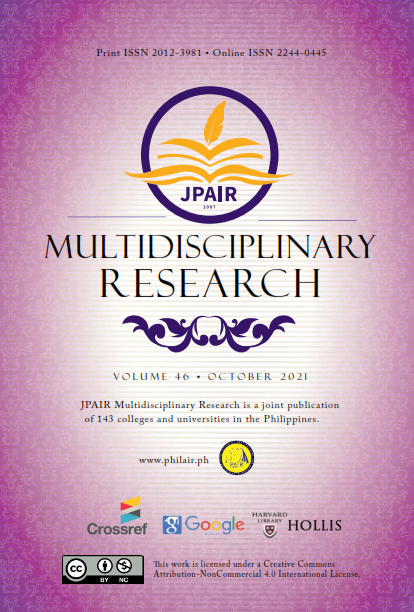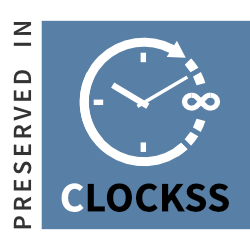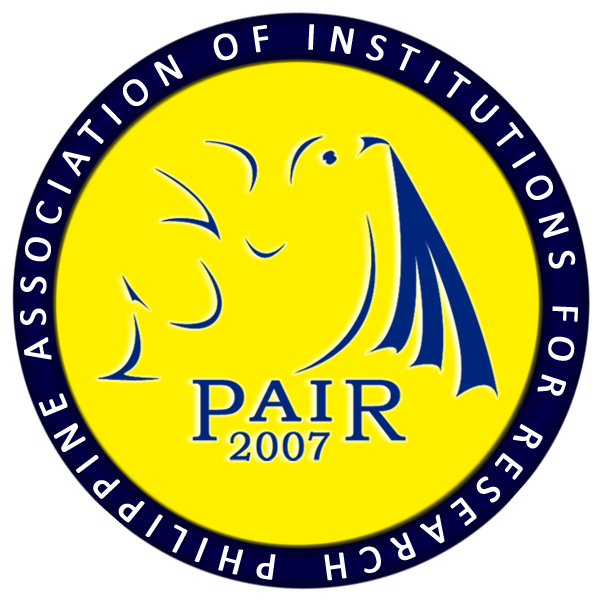Creative Thinking and Anxiety among Adolescents
DOI:
https://doi.org/10.7719/jpair.v46i1.399Keywords:
Social Science, anxiety, creative thinking, age, gender, adolescents, descriptive-correlational research, Batanes, PhilippinesAbstract
Every person will come to experience what everyone perceives as the most challenging stage in life – adolescence. Most adolescents have different perspectives on life in this stage, and they experience many transitions. These transitions can naturally lead to anxiety. Experiencing anxiety is a normal part of adolescence. Excessive anxiety, however, frequently results in anxiety disorder. Individuals with this disorder often experience intense, excessive, and persistent worry and fear about everyday situations. Using a descriptive-correlational research design, this study aimed to determine the relationship between variables such as age and anxiety to creative thinking among 100 adolescents in a selected school in Batanes. The Creativity Styles Questionnaire (CSQ) was used to assess creative thinking and the Zung Self-Rating Anxiety Scale (SAS) for the respondents' anxiety. Results revealed the following: (1) There were no significant differences in anxiety between male and female adolescents; (2) A weak negative correlation between age and anxiety and; (3) A weak negative correlation between creative thinking and anxiety.
Downloads
References
Adwas, A. A., Jbireal, J. M., & Azab, A. E. (2019). Anxiety: Insights into signs, symptoms, etiology, pathophysiology, and treatment. South African Journal of Medical Sciences, 2(10), 80-91. Retrieved from https://bit.ly/3mT2sty
Downloads
Published
Issue
Section
License
Copyright (c) 2021 William Jo Se M. Billote, Ryan G. Ponce, Trixie Elaine G. Ponce, Angelica Ruth B. Aguada, Ma. Abegaille H. Bata, Michaela Nicole A. De Leon, Amie Shane B. Lizardo, Kimberly Faith B. Merina, Michaela Lj L. Padios, Mary Diane V. Viola

This work is licensed under a Creative Commons Attribution-NonCommercial 4.0 International License.
Open Access. This article published by JPAIR Multidisciplinary Research is licensed under a Creative Commons Attribution-Noncommercial 4.0 International (CC BY-NC 4.0). You are free to share (copy and redistribute the material in any medium or format) and adapt (remix, transform, and build upon the material). Under the following terms, you must give appropriate credit, provide a link to the license, and indicate if changes were made. You may do so in any reasonable manner, but not in any way that suggests the licensor endorses you or your use. You may not use the material for commercial purposes.




















